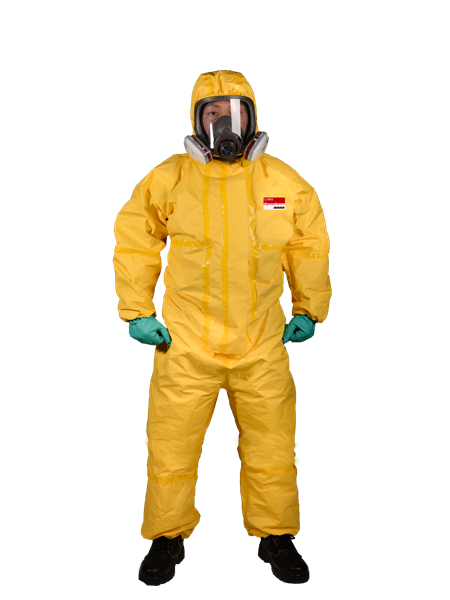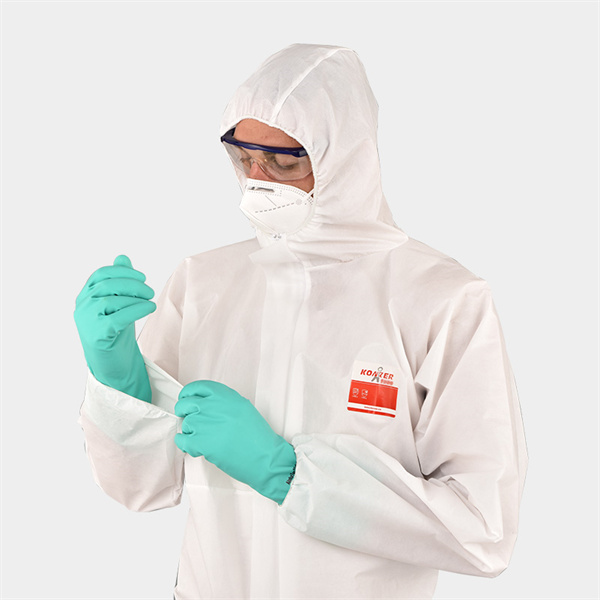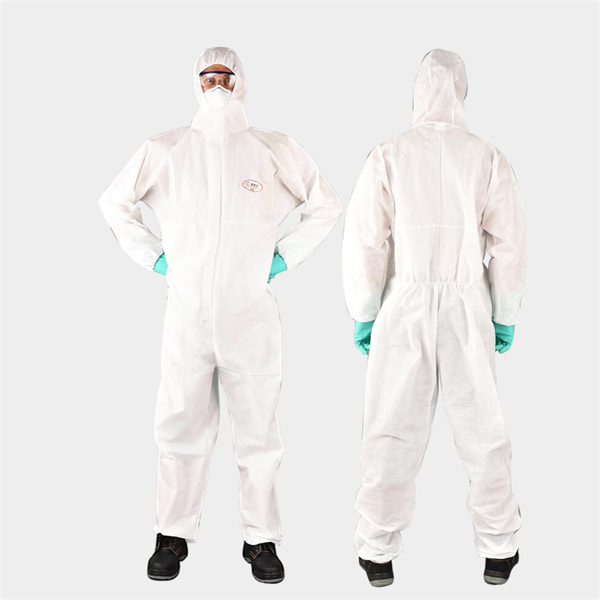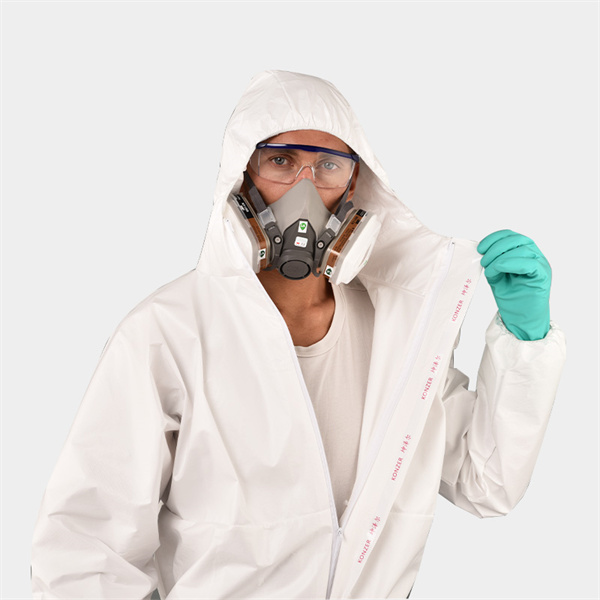Chemical protective clothing refers to a type of clothing used in hazardous chemical and corrosive environments, which can provide good protection for the safety and health of workers. However, when using it, we should avoid the following points:
1. Avoid continuous exposure
This protective clothing should not be immersed in chemicals, nor should it be continuously exposed to hazardous chemical splashes or showers. If not necessary, do not wear protective clothing to wade into hazardous chemical liquid pools. Limit direct contact of protective clothing with chemicals as much as possible. If you are directly exposed to the splashing or flushing of hazardous chemicals, immediately leave the area and undergo disinfection.
2. Avoid Exothermic reaction
Some chemicals react with water to generate large amounts of heat. If the protective clothing is contaminated with a large amount of such chemicals that react with water, it may be damaged due to high heat during on-site cleaning. Before washing with water, dry sand or absorbent should be used to remove the chemical.
3. Static electricity
Under specific conditions, such as dry and cold climates, chemical protective clothing may generate and release static electricity. Release is usually not dangerous unless the generated electric spark may ignite flammable gases or disturb the wearer. When working around flammable chemicals, measures should be taken to reduce potential electrostatic discharge. In these situations, it is recommended that you increase the humidity of the work area by sprinkling water, using protective clothing jackets, using commercial anti-static supplies, equipment, and personnel grounding strips, and providing durable static electricity dissipation treatment inside and outside the protective clothing; Before entering the long-term level area, test the worker's electrical dissipation. However, under explosive and flammable conditions, even if complex and detailed measures are taken to control the generation and dissipation of static electricity, there is still a risk of serious injury in the event of uncontrolled or accidental open flames or explosions.






